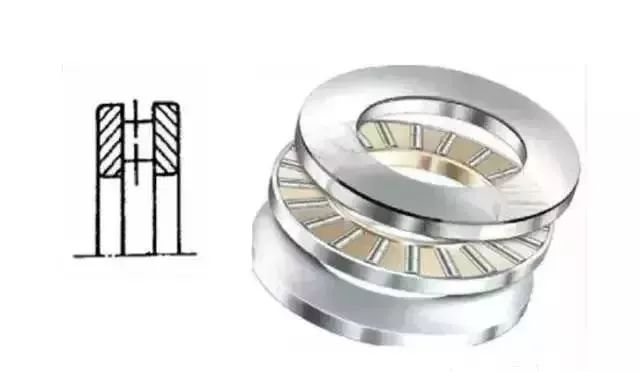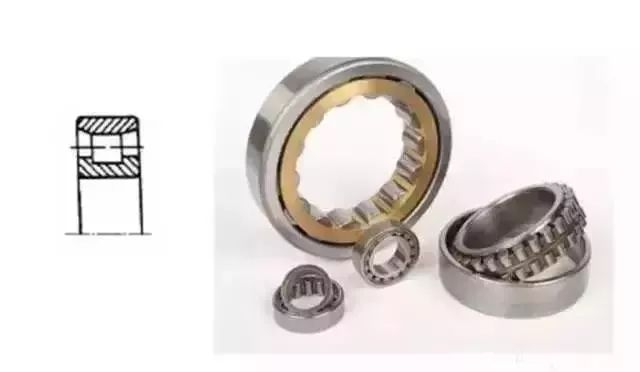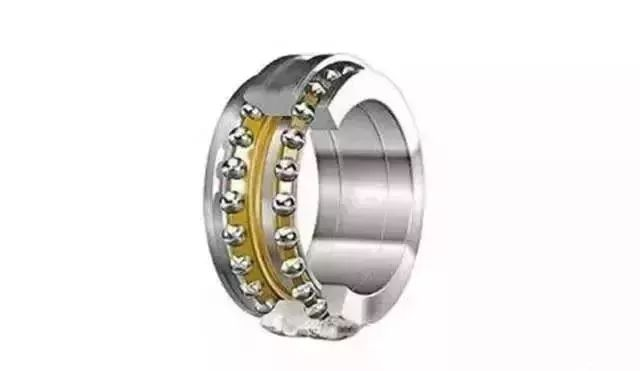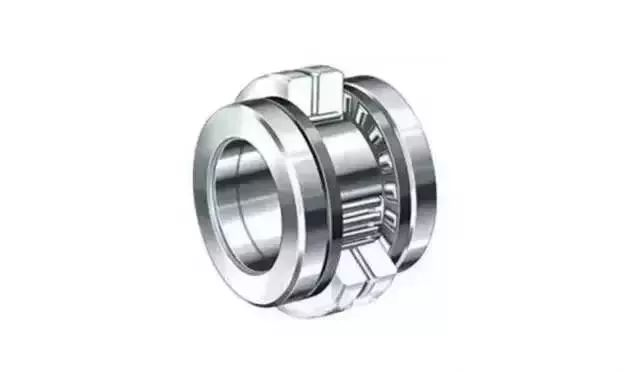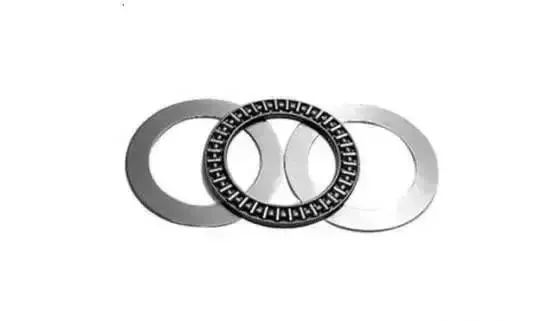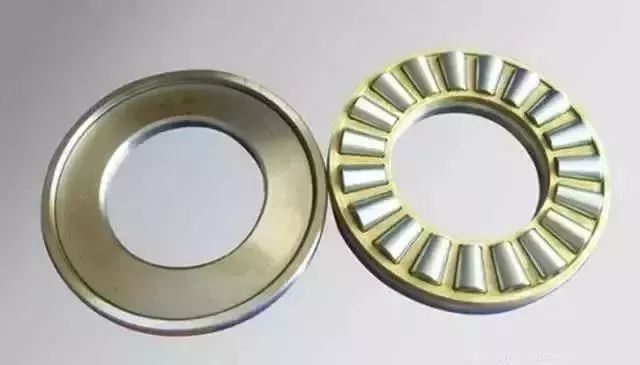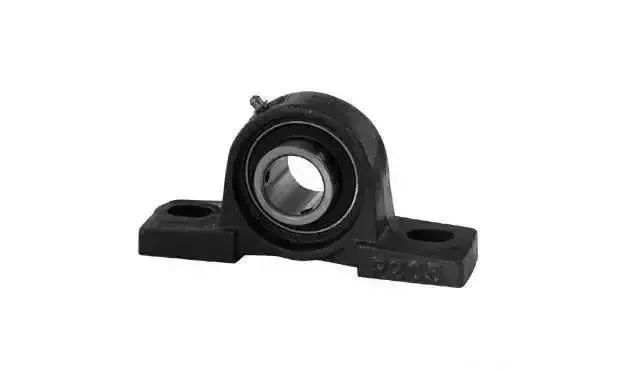Bearings are important components in mechanical equipment. Its main function is to support the mechanical rotating body to reduce the friction coefficient of the mechanical load during the transmission process of the equipment.
Bearings are divided into radial bearings and thrust bearings according to different load-carrying directions or nominal contact angles.
According to the type of rolling elements, they are divided into: ball bearings and roller bearings.
According to whether they can be aligned, they are divided into: self-aligning bearings and non-aligning bearings (rigid bearings).
According to the number of rows of rolling elements, they are divided into: single-row bearings, double-row bearings, and multi-row bearings.
According to whether the components can be separated, they are divided into: separable bearings and non-separable bearings.
There are also classifications based on structural shape and size.
This article mainly shares the characteristics, differences and corresponding uses of 14 common bearings.
8 Thrust ball bearing
Thrust roller bearings are used for shafts that bear mainly axial load and combined meridional load, but the meridional load shall not exceed 55% of the axial load. Compared with other thrust roller bearings, this kind of bearing has a lower friction coefficient, higher rotation speed, and has the ability to adjust. The rollers of the 29000 bearing are asymmetric spherical rollers, which can reduce the relative sliding between the stick and the raceway during operation. The rollers are long and have a large diameter. They have a large number of rollers and a large load capacity. They are usually lubricated with oil. Grease lubrication can be used at low speeds.
Main uses: hydraulic generators, crane hooks.
9 Cylindrical Roller Bearings
The rollers of cylindrical roller bearings are usually guided by two ribs of a bearing ring. The cage roller and guide ring form an assembly that can be separated from another bearing ring and are separable bearings.
This kind of bearing is more convenient to install and disassemble, especially when the interference fit between the inner and outer rings, the shaft and the shell is required. This type of bearing is generally only used to bear radial loads. Only single-row bearings with ribs on both the inner and outer rings can bear small steady axial loads or large intermittent axial loads.
Main uses: large motors, machine tool spindles, axle boxes, diesel engine crankshafts, automobiles, transmission boxes with bearings, etc.
10 Four point contact ball bearings
It can bear radial load and bidirectional axial load. A single bearing can replace the angular contact ball bearing of front combination or back combination. It is suitable for bearing pure axial load or synthetic load with large axial load component. This type of bearing can withstand any direction. One of the contact angles can be formed when there is an axial load, so the ferrule and the ball are always in contact with three points on both sides of any contact line.
Main uses: aircraft jet engines, gas turbines.
11 Thrust cylindrical roller bearings
It consists of a washer-shaped raceway ring (shaft ring, seat ring) and cylindrical roller and cage components. The cylindrical roller adopts convex surface processing, so the pressure between the roller and the raceway surface is evenly distributed, and it can withstand one-way axial load. It has large axial load capacity and strong axial rigidity.
Main uses: oil drilling rigs, iron and steel making machinery.
12 Thrust needle roller bearing
Separable bearings are composed of raceway rings, needle rollers and cage assemblies, and can be arbitrarily combined with stamped thin raceway rings or cut-processed thick raceway rings. Non-separable bearings are integral bearings composed of precision stamped raceway rings, needle rollers and cage assemblies. They can withstand unidirectional axial loads. This type of bearing takes up little space and is conducive to the compact design of machinery. Most of them Only the needle roller and cage assembly is used, and the mounting surface of the shaft and housing is used as the raceway surface.
Main uses: transmission devices for automobiles, cultivators, machine tools, etc.
13 Thrust tapered roller bearings
This type of bearing is equipped with truncated cone-shaped rollers (the big end is spherical). The rollers are accurately guided by the ribs of the raceway ring (shaft ring, seat ring). The design ensures that the raceway surfaces of the shaft ring and seat ring and the rolling surface of the rollers The apex of each conical surface intersects at a point on the center line of the bearing. One-way bearings can bear one-way axial loads, and two-way bearings can bear two-way axial loads.
The main purpose:
One-way: Crane hook, oil drilling rig swivel.
Both directions: rolling mill roll neck.
14 Insert spherical ball bearing with seat
The seated spherical ball bearing is composed of an spherical ball bearing with seals on both sides and a cast (or steel plate stamped) bearing seat. The internal structure of the outer spherical ball bearing is the same as that of the deep groove ball bearing, but the inner ring of this bearing is wider than the outer ring. The outer ring has a spherical outer surface, which can be automatically aligned with the concave spherical surface of the bearing seat.
Main uses: mining, metallurgy, agriculture, chemical industry, textile, printing and dyeing, conveying machinery, etc.
Xinfa CNC tools have the characteristics of good quality and low price. For details, please visit:
CNC Tools Manufacturers – China CNC Tools Factory & Suppliers (xinfatools.com)
Post time: Oct-25-2023

